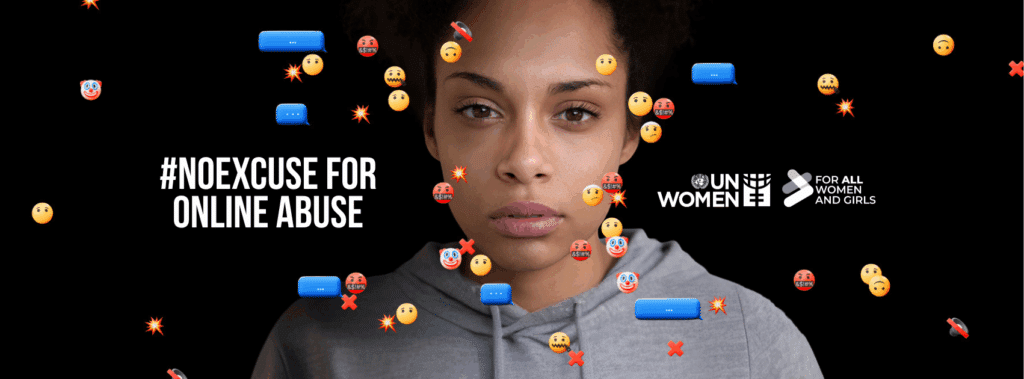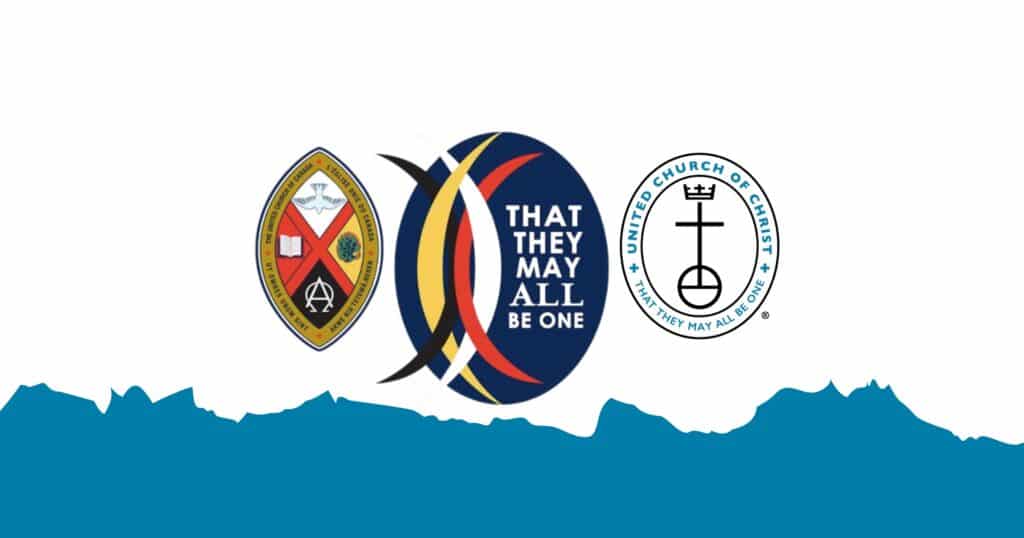Unity Not Uniformity
The United Church of Christ is diverse. This is not an aspirational statement, instead it encapsulates what is not often evident of the church when we gather in worship as congregations. The demographics of the church are captured through the annual reports compiled from the data submitted annually by congregations. These reports are one way that we understand who we are as a part of the body of Christ. Yearbooks and annual reports tell a story of who we are and witness to the evolution of the church over the years. I am fascinated by the types of data present in the annual report and what we can learn about the church.
Diversity refers to the condition of having or being composed of differing elements: variety. It is also an instance of being composed of differing elements or qualities: an instance of being diverse. These are dictionary definitions to be considered. The church is not trying to be diverse, instead the church is acknowledging and living into the diversity present among us.
Sunday mornings paint a different picture of who we are in many of our congregations. While it holds that the United Church of Christ is diverse, that diversity is not always reflected in our congregations.
According to the 2023 Statistical Profile data on race and ethnicity by congregation, 83.1% of UCC congregations self-report as White/Euro-American. While we are predominantly White, as is the United States, also present are congregations that self-report as:
| African American | 4.8% |
| Asian/Pacific Islander | 4.0% |
| Hispanic/Latino(a) | 0.3% |
| Native American | 0.6% |
| Biracial/Multiracial | 6.7% |
| Other | 0.5% |
Race and ethnicity are not the only markers of diversity in the life of the UCC. The 2023 Statistical Profile notes the following in a special report on Languages of the UCC: “Unsurprisingly, the most commonly listed language …was English, which was regularly spoken by 99.6% of responding congregations and used in worship by 99.8%.” Beyond this, however, congregations listed at least 30 other languages or dialects in the “regularly spoken” category and at least 17 separate languages or dialects for use in worship.
We are diverse in many other ways: church size, culture, heritage, geographic location, community context, type of congregation, liturgy, day of worship, time of worship, and more. Yet, when we talk about the unity of the church, we do not acknowledge these diversities which are present. This can give the false impression that unity means sameness, when in truth unity does not imply or mean uniformity. Unity enables the diversities of the church which are present and on display. It values these diversities as a gift to be honored and welcomed, shaping a mosaic that is reflective of the world and a reflection of the imago dei, the very image of God.Uniformity seeks sameness by promoting assimilation and standardization which negates the ways we navigate the world and shrinks the image of the divine. Our diversities are a gift from God, they continue to exist with us as we pursue common life and common commitments. Our diversities, however, are a gift from God, they continue to exist with us as we pursue common life and common commitments.
These days diversity is being called into question with challenges to the presence of diversity in many places: schools, hospitals, and other institutions that are a part of our society. The presence of differences should be held as a core value; instead, institutions are pulling away from commitments to honor diversity.
As programs that support diversity, equity and inclusion (DEI) are targeted and dismantled, the truth is that people cannot be dismantled, and diversity will not go away. We will not be the same, think the same and act the same. The United States is comprised of people from different countries, different beliefs, different religions, different cultures and different heritages to name a few categories. The church is a microcosm of the country, which is pluralistic.
This is not the first time this country has struggled to deal with diversity. The melting pot theory with its promotion of assimilation lasted for many years and resulted in loss of heritage and culture for many immigrant groups who were Americanized. Assimilation is not the answer in the church or the world and the idea that uniformity was the answer to diversity eventually led to multiculturalism which embraced diversity and valued the contributions of other cultures to the United States.
There are those whose commitments to serve God were truncated when they were asked to leave faith communities. The hurt and pain caused by practices of exclusion in the church is extensive. The doors of the church should be open wider than other institutions because the call to love is the second greatest commandment. Loving one another is a commitment we are asked to make as followers of Jesus.
The church must continue to be diverse with intentions to be more welcoming than we currently are. We are a big tent, the world an even bigger one. How we choose to embrace the unity that is possible in the church and in the world is up to us.
Related News
Who’s Next?
This week the Supreme Court agreed to oral arguments on the challenges to Presidential...
Read MoreGender and Sexuality Justice Ministries joins global movement to end violence against women, children
The Gender and Sexuality Justice Ministries (GSJM) of the United Church of Christ has joined...
Read MoreUCC and United Church of Canada celebrate a decade of ‘shared mission, mutual accountability, common hope in Christ’
Ten years ago, the United Church of Christ (UCC) and The United Church of Canada (UCCan)...
Read More

